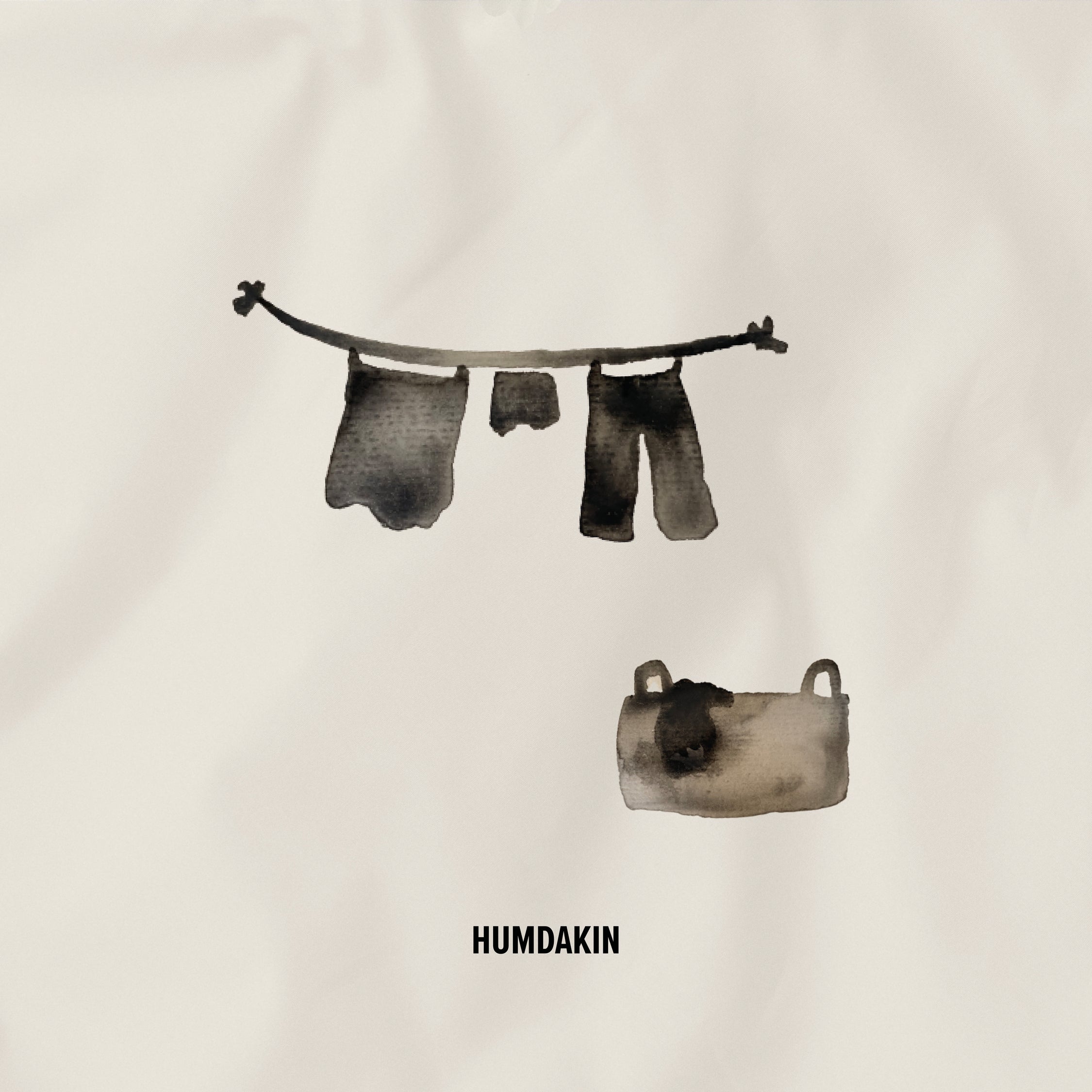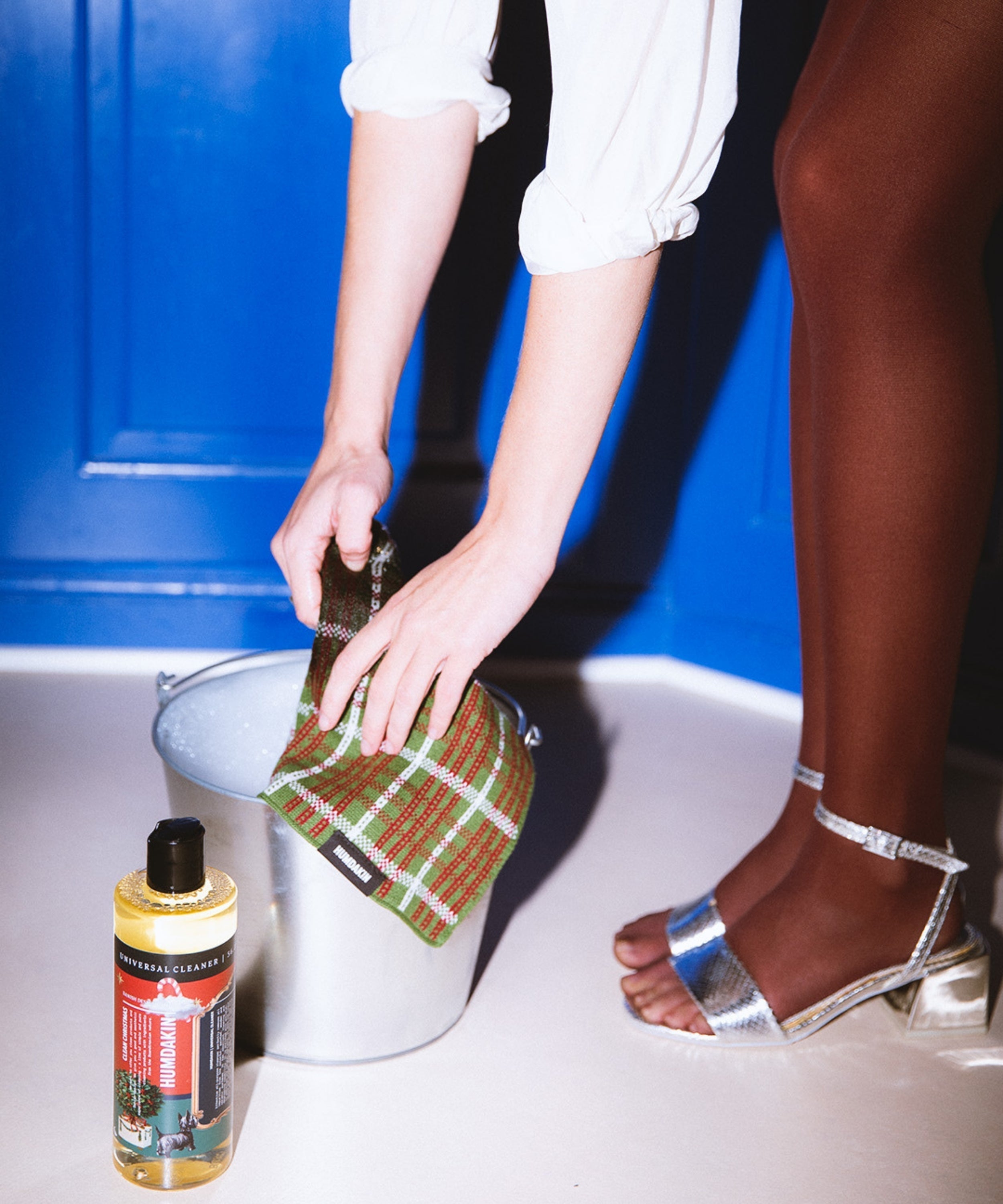Do you remember to wash your textiles? All of them? The second part of our textile washing guide focuses on the textiles we most often overlook or even avoid washing.
There are many reasons why we don't wash certain types of textiles. Often it's because we're unaware of when they need to be washed or when they were last washed. But in some cases, it’s because we are not informed about how to wash them.
In this edition of Cleaning for Generations, we have therefore set our sights on the types of textiles we may not always be aware of that need to be washed.
Always remember to follow the washing instructions on the textile in question!
Curtains:
Very few windows are the same. And therefore also very few curtains are the same. It can therefore be difficult to guide you through how to best care for and wash your curtains, as there is a wide variety of lengths, materials, weave density, print patterns, coatings, etc. Some are machine washable, while others can only be hand washed and some need dry cleaning. Therefore, we always recommend that you check the washing instructions and seek information about these things before you start.
General information about machine washable curtains:
Choose the most gentle washing program - you can also choose a program designed for wool washing. Be sure to set the temperature very carefully according to the fabric's instructions and avoid heavy spinning.
Cotton curtains are washed at max. 30-40 degrees and synthetic curtains at max. 30 degrees, but follow the washing instructions.
General information about curtains that should be hand washed:
Carefully take down the curtains and leave the hooks in place. Fold them carefully without creasing them. Use a bathtub or a large tub with plenty of water. Remember to pay special attention to the instructions regarding the water temperature. Add laundry soap. Gently wash the curtains by bobbing back and forth in the water. If necessary, repeat the process in fresh clean water with wool & cashmere detergent or sensitive wool & cashmere detergent. Rinse the curtains several times in plenty of water to make sure all soap is rinsed away.
Decorative cushions:
It's not just our pillows that need to be washed. Our decorative cushions are also exposed to a lot that requires washing. Imagine the amount of greasy fingers, sweat and dirt your sofa, cushions and plaids are exposed to over the course of a week or a month. It goes without saying that they need to be washed every once in a while.
However, keep in mind that not all fitted cushions (inner cushions) can withstand washing. Therefore, always check the washing instructions here as well.
Fortunately, however, the vast majority of cushion covers are machine washable and can even withstand temperatures up to 60 degrees. However, to be as environmentally friendly as possible, we recommend washing at 30 or 40 degrees.
If your pillowcase is not machine washable, you can soak the cover in a little laundry soap and splash it back and forth in the water. Make sure to rinse the cover clean with water after hand washing to ensure all soap residue is removed from the fabric.

Sofa:
Just like your cushions and plaids staying on the sofa, the sofa itself is also exposed to a lot of wear and tear. If you have a leather sofa, it's easy to maintain and clean. However, fabric sofas can be a different story and difficult to clean.
If you have a sofa with cushions, the cover can often be removed and washed separately. Again, it is especially important that you follow the washing instructions. If possible, wash the covers together to avoid color differences and washing errors. If the cushions themselves also need to be washed, you can rent a carpet cleaner and use it directly on the cushions, with or without covers (a carpet cleaner can be rented at most DIY stores). Remove the cushions where possible and vacuum the 'frame' and in between cushions.
If you have a leather sofa, you can easily clean it. Pour a tablespoon of universal cleaner into 2 liters of warm water and then wring a cloth in the mixture. Then wipe the entire sofa. Don't forget to vacuum between cushions.
This can also be done on fabric sofas as regular day-to-day cleaning. Don't worry, our universal cleaner is pH neutral and will not harm your fabrics.
Garden furniture (cushions and covers):
It goes without saying that our garden furniture is exposed to a lot of wear and tear when it's left outside. Fortunately, most types of 'garden furniture fabrics' are made to withstand it. That's why most of them are also machine washable. Remove the cover from your cushions and wash according to the instructions 2-4 times during the outdoor season. As garden furniture is most often used during the summer months, you can take advantage of the warm and sunny summer mornings. Wash your covers and let them dry in the summer sun.
Car seats:
We spend a lot of time in our cars. And they get dirty too. Especially if you have children or pets with you. But car seats can be difficult and time-consuming to clean, especially if it needs a ‘deep cleaning’.
Start by vacuuming the entire car and remove all mats. Mix a tablespoon of universal cleaner with warm water and then wring a cloth in the mixture. Then wipe down all surfaces - including the car seats. If your car seats need more than a wipe with a cloth can handle, we recommend renting a carpet cleaner, which is also ideal for cleaning car seats. You can mix universal cleaner in the water here too (a carpet cleaner can be rented at most DIY stores). Finish off with a room spray to prolong the feeling of a clean car. You can leave the room spray in the car. Then you can quickly freshen up the air and prolong the feeling of a clean car.
Rugs/plaids:
Just like curtains, cushion covers, and sofa covers, there are a myriad of different types of textiles used to make plaids. However, we've found that the most commonly asked questions from our customers about how to wash wool plaids. That's why the guide below is based on this type of plaid.
Very few wool plaids are machine washable, due to the fact that machine washing wool can cause shrinkage and loss of shape. However, there are exceptions. For example, if you have a plaid made from recycled wool, machine washing is ideal for this type. Use the wool program available on most washing machines and add wool & cashmere detergent or sensitive wool & cashmere detergent (fragrance-free) to the soap drawer - not the drum itself.
If you are washing your plaid due to visible stains, apply a small amount of wool detergent directly to the stain for 10 minutes before washing. Do not rub too much as this will cause your plaid to fluff.
If your plaid can only be hand washed, the procedure is very similar to hand washing curtains. Here, the soap will do most of the work. Fill your bathtub or tub with plenty of lukewarm water (max 30 degrees). Then add wool & cashmere detergent (sensitive if desired). Mix the soap well in the water and then dip your plaid in it. Let it soak for at least 10 minutes. After 10 minutes, gently swirl the plaid in the water. If there are particularly visible stains, you can very gently rub the area with your fingers. Do not rub too much as this will cause your plaid to fluff. Rinse your plaid with clean water at least twice.
Remember not to hang your plaids to dry. Gently squeeze the water out of the plaid and lay it on a flat surface to dry. You can speed up the drying process by drying your plaid on clean dry towels. Never let your plaid dry in direct sunlight or near a heat source.

Several models and newer models of both washing machines and tumble dryers also have 'tailor-made' programs for different types of textiles, so you can choose these as well to get the most optimal washing and drying of all your textiles.
Remember to always follow the washing instructions for the textile in question.







